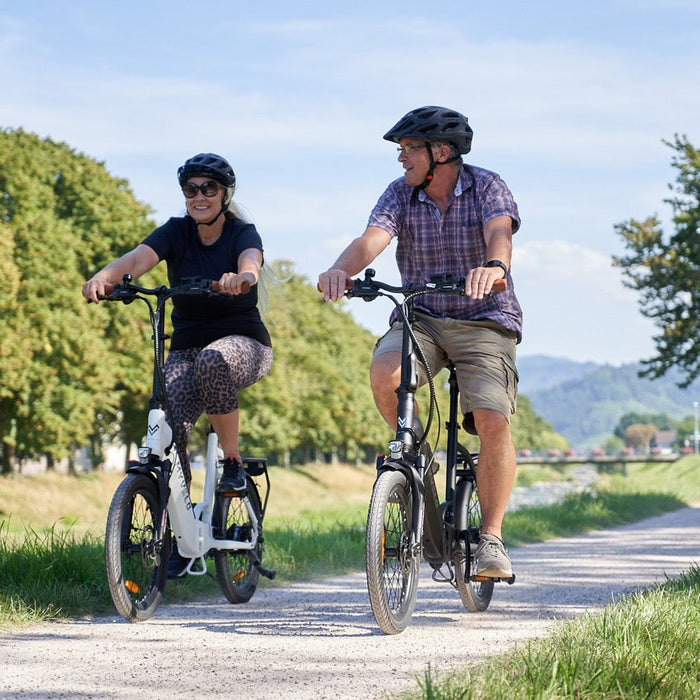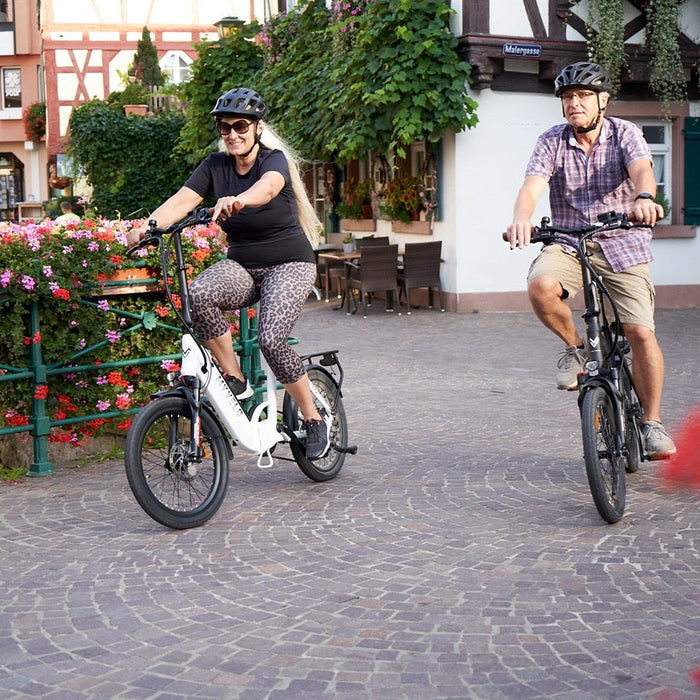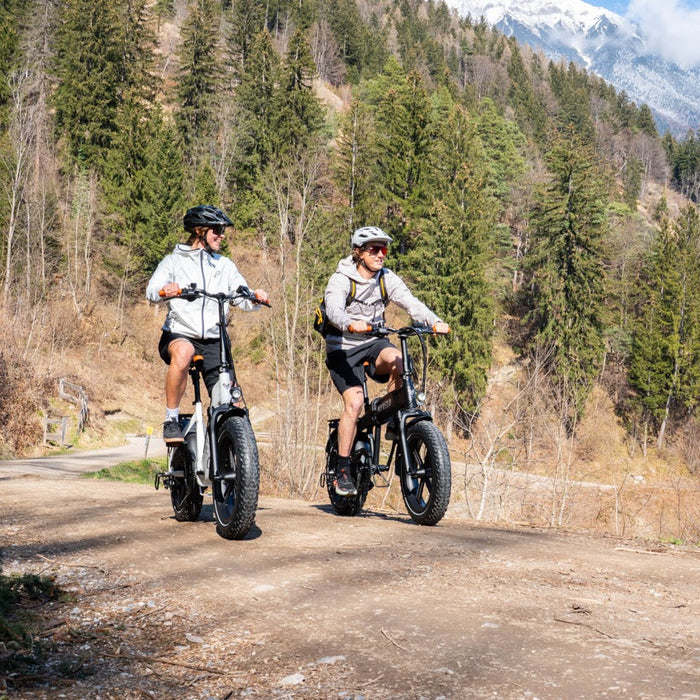
Makalu Equipped E-SUV
incl. FREE shipping & free returns

An e-bike registration includes the legal requirements and regulations that are necessary for operating an electric bicycle, also known as an e-bike, in Germany. Basically, e-bikes are divided into two categories: Pedelecs and S-Pedelecs, both of which are subject to different rules. Pedelecs support the rider's pedal power up to a speed of 25 km/h and are legally considered bicycles, which means that they do not require registration, insurance or a driver's license. S-Pedelecs, on the other hand, which can reach speeds of up to 45 km/h, require registration, must be equipped with an insurance license plate and the driver must have a suitable driver's license. The Road Traffic Licensing Regulations (StVZO) also stipulate technical requirements that e-bikes must meet in order to be allowed to be used on public roads.
Find out exactly what category your e-bike belongs to and the associated requirements. A Pedelec that meets the requirements of a normal bicycle does not require special registration, while faster models such as S-Pedelecs are considered motor vehicles and require registration.
Make sure that your e-bike or S-Pedelec complies with the requirements of the StVZO. This includes lighting, reflectors and an effective braking system to guarantee safety in traffic.
Think about insurance! For e-bikes that require registration, a valid insurance license plate is also necessary. This must be renewed annually and proves that the vehicle has liability insurance.
With the necessary knowledge and a little effort, you can ensure that your e-bike meets all legal requirements and that you can enjoy your rides with peace of mind and safety. Remember to take into account the safety tips for 45 km/h e-bikes to ensure your safety and that of other road users.

Stress ist längst zur Volkskrankheit geworden – Dauerbelastung im Job, private Verpflichtungen und ständige Erreichbarkeit führen bei vielen Menschen zu einem Gefühl der Überforderung. Doch es gibt einen einfachen Weg, den Kopf freizubekommen: Radfahren. Ob gemütlich durch den Park oder sportlich auf dem Rennrad – das Fahrrad wirkt wie ein natürliches Ventil für Stress. Warum das so ist, zeigt dieser Artikel.

Der Kettenverschleiß ist bei E-Bikes ein noch wichtigeres Thema als bei klassischen Fahrrädern. Der leistungsstarke Motor unterstützt die Pedalkraft, wodurch eine höhere Belastung auf die Kette wirkt.

Der Eco Modus ist eine der wichtigsten Unterstützungsstufen eines E-Bikes und bietet eine ideale Balance zwischen Motorunterstützung und Energieeffizienz. Doch was genau bedeutet Eco Modus, wann sollte man ihn nutzen und welche Vorteile bringt er im Alltag? In diesem Artikel erfährst du alles Wichtige über diese smarte Fahrstufe.